Courier Company Website, App and Management Portal
Bangladesh’s leading courier service had a basic tracking website but no real digital presence. Customers couldn’t understand services, merchants struggled with onboarding, and agents worked without proper tools. I led a complete digital transformation—website, mobile apps, and management portals for everyone.
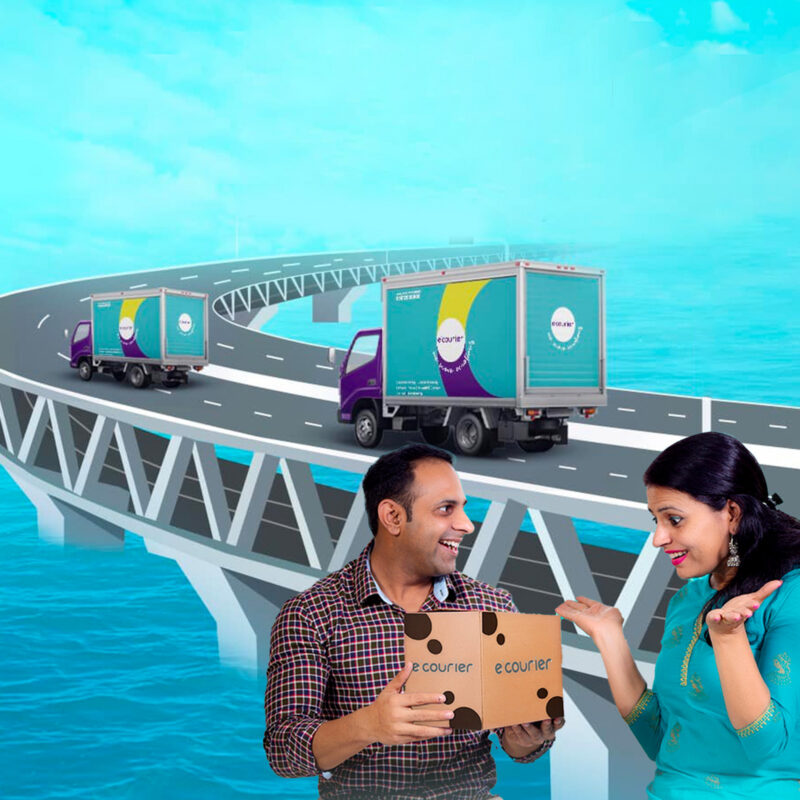
- Platform: Web, Mobile App, Custom WordPress CMS
- Project: UX Audit, UX/UI Redesign, Custom Theme Development, Accessibility Optimization
- Goal: Modernize the experience and streamline workflows for customers, agents, and merchants
- Results: 2x faster task completion, 40% more merchant onboarding, 35% fewer support queries
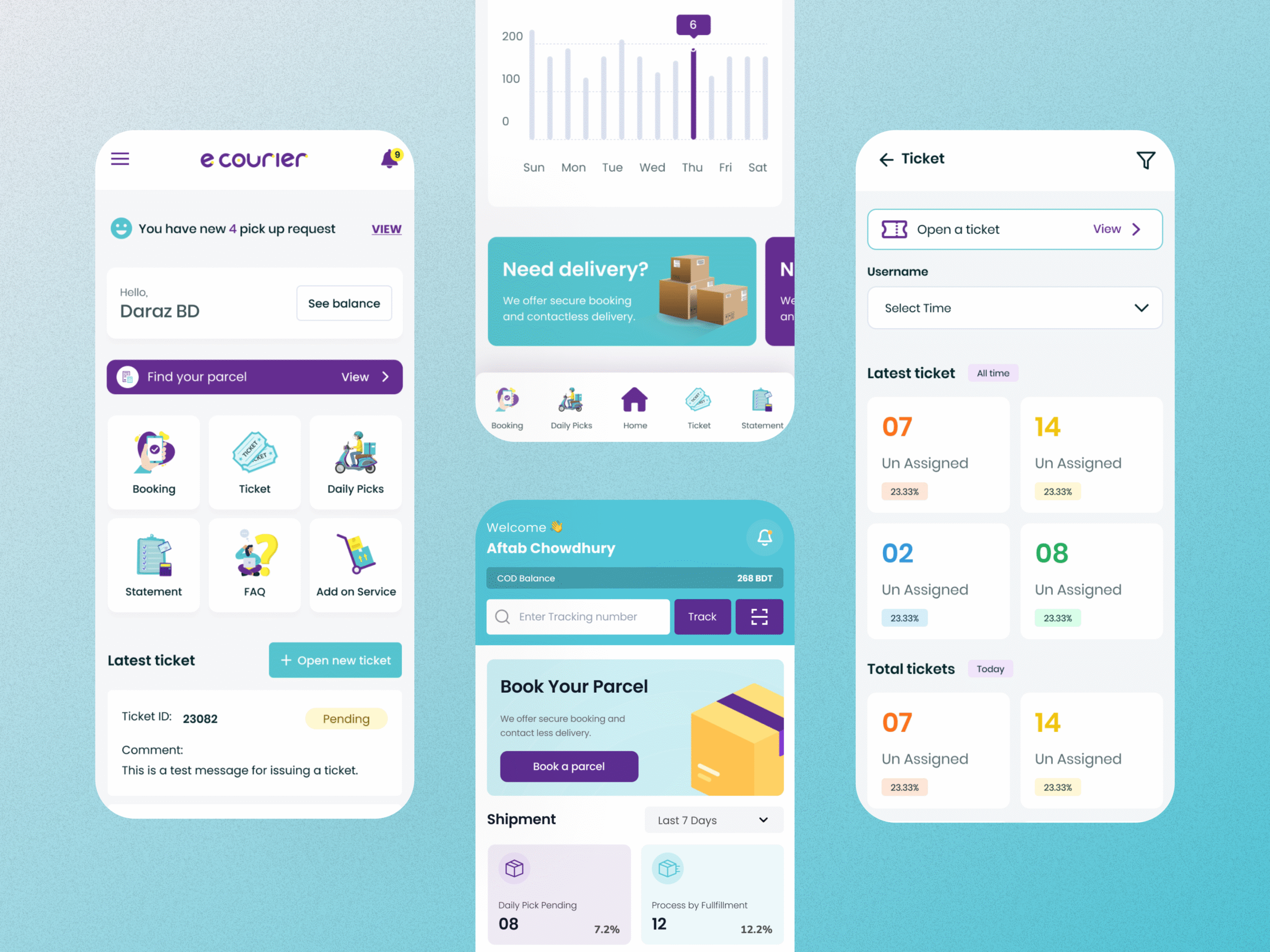
Role & Responsibilities
My Role: Lead Product Designer & Project Manager
I managed a multi-faceted team across a 4-year journey:
- Led user research and created all user journeys and wireframes
- Designed interfaces for customers, merchants, and internal agents
- Managed third-party UX/UI teams and ensured brand consistency
- Built custom WordPress themes optimized for Bangladesh’s internet speeds
- Coordinated with development teams for seamless implementation
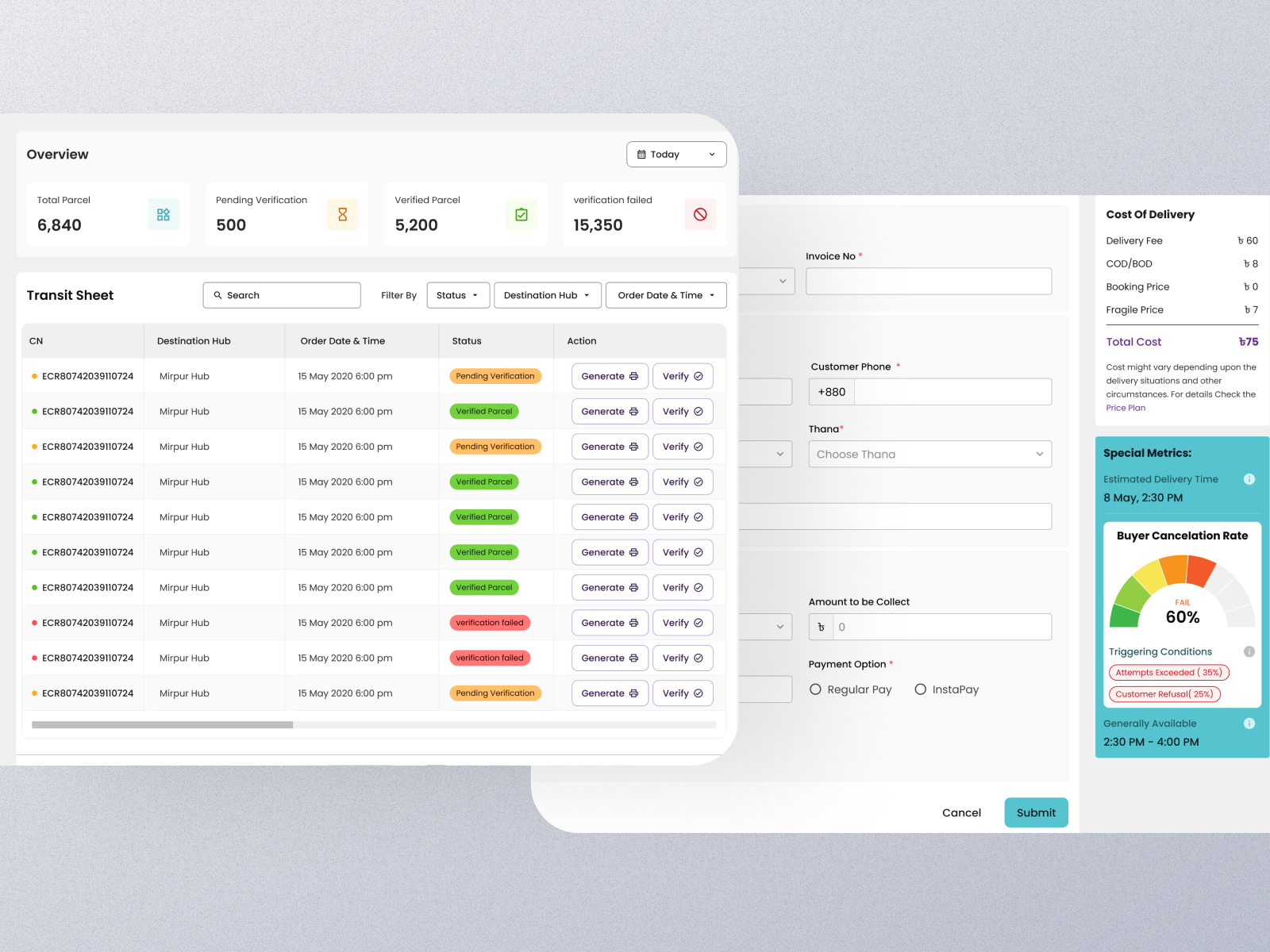
The Complex Challenge
This wasn’t just a website redesign-it was building an entire digital ecosystem from scratch.
What Users Faced:
- Website only showed tracking, nothing about actual services
- No way for merchants to onboard digitally
- Agents used paper forms and phone calls for everything
- Customers had no visibility into delivery process
Business Impact:
- Losing customers to competitors with better digital experiences
- Manual processes slowing down operations
- Support team overwhelmed with basic questions
- Unable to scale operations efficiently
The real challenge? Designing for Bangladesh’s diverse internet speeds while serving everyone from tech-savvy businesses to small shop owners with basic phones.
Research in the Real World
Understanding the Context
Spent time with actual users-from Dhaka’s busy markets to rural delivery points. Watched agents manually fill forms, saw customers frustrated with basic tracking, and understood why merchants hesitated to trust digital platforms.
Key Insights:
- Many users had slow internet and older devices
- Trust was the biggest barrier for digital adoption
- Simplified workflows were more important than fancy features
- Visual confirmation reduced anxiety about parcel status
Three Different User Types
Had to design for completely different needs:
- Customers – Quick booking and reliable tracking
- Merchants – Bulk operations and business analytics
- Agents – Efficient task management and customer service tools
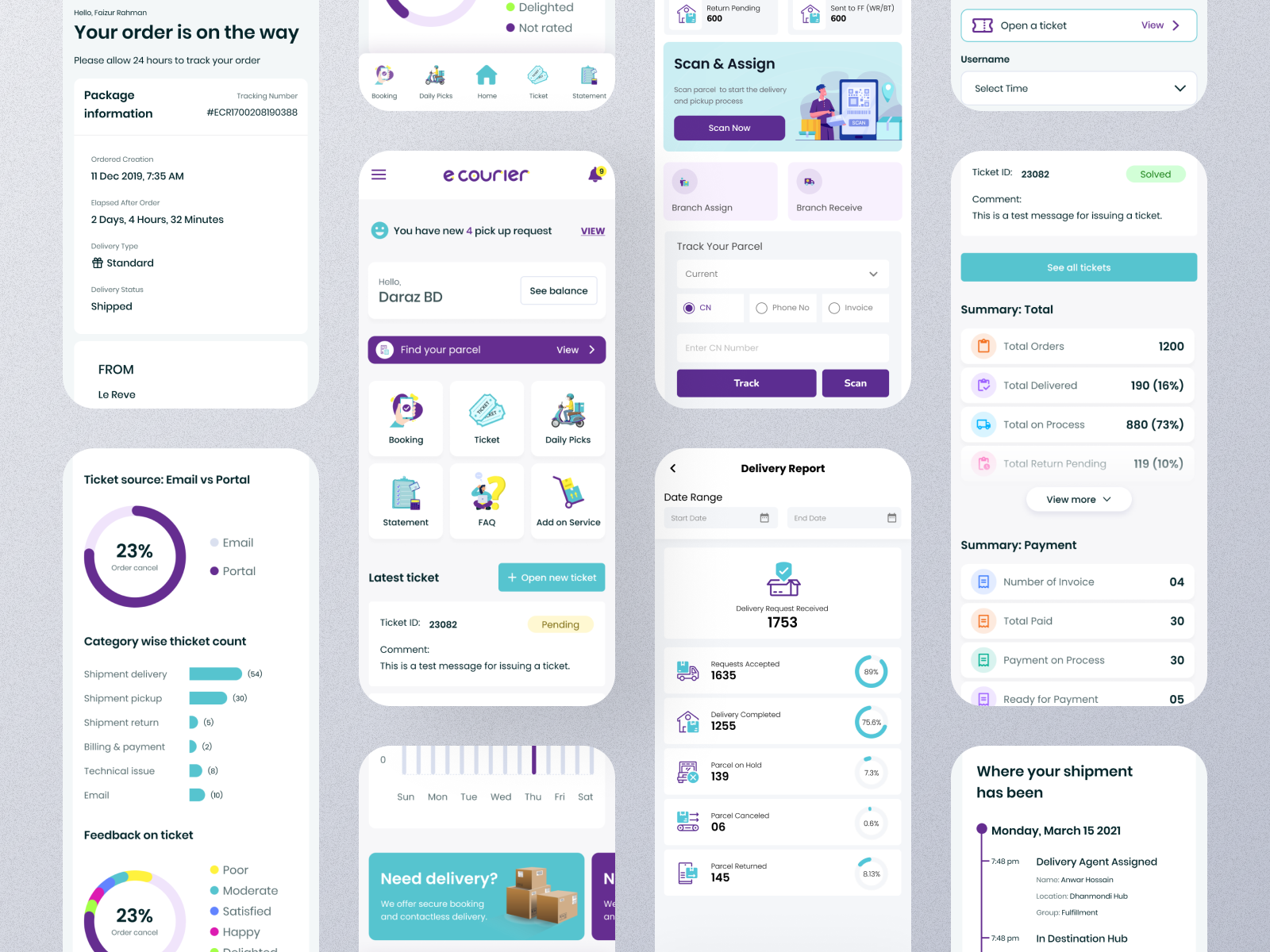
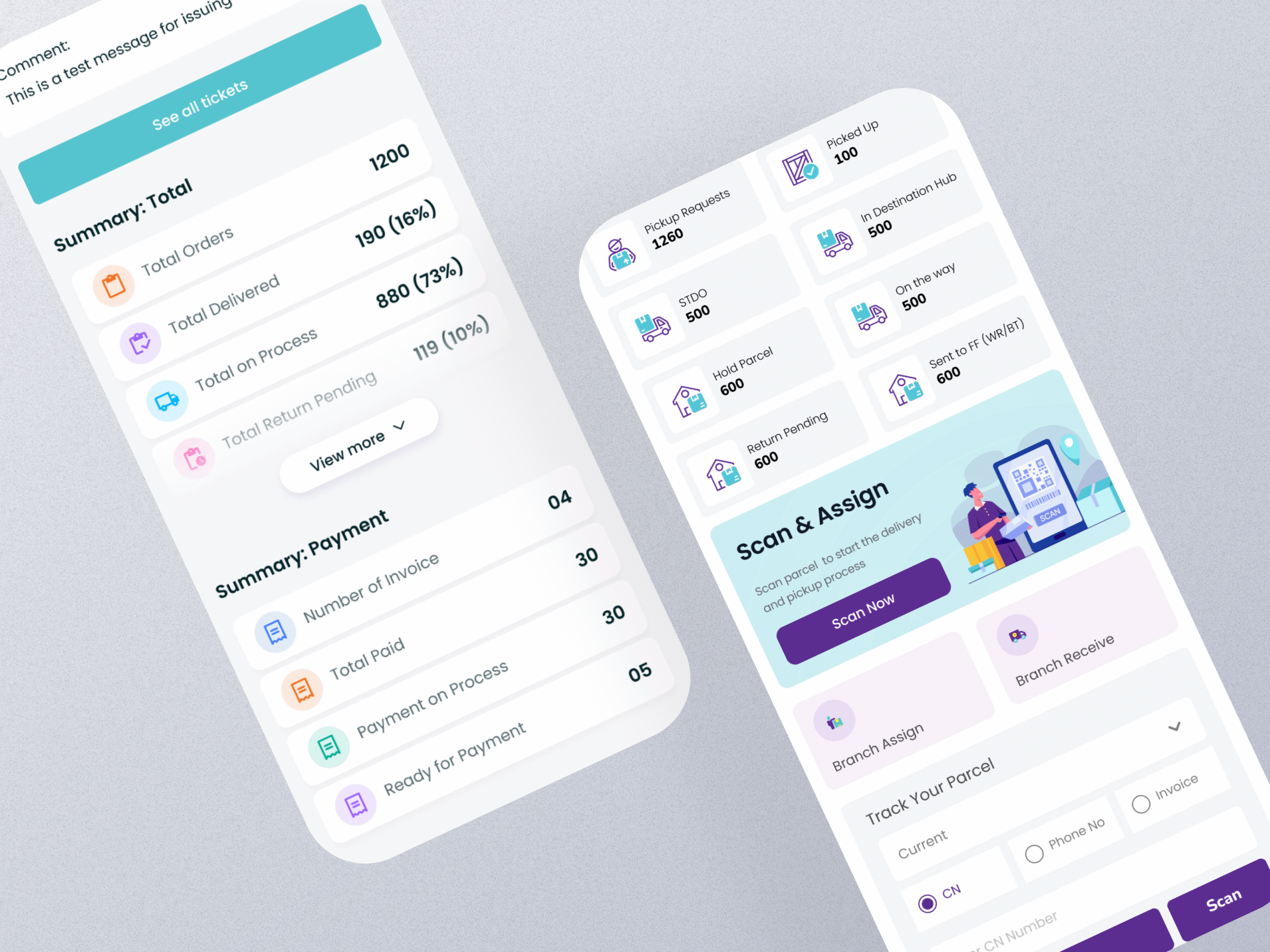
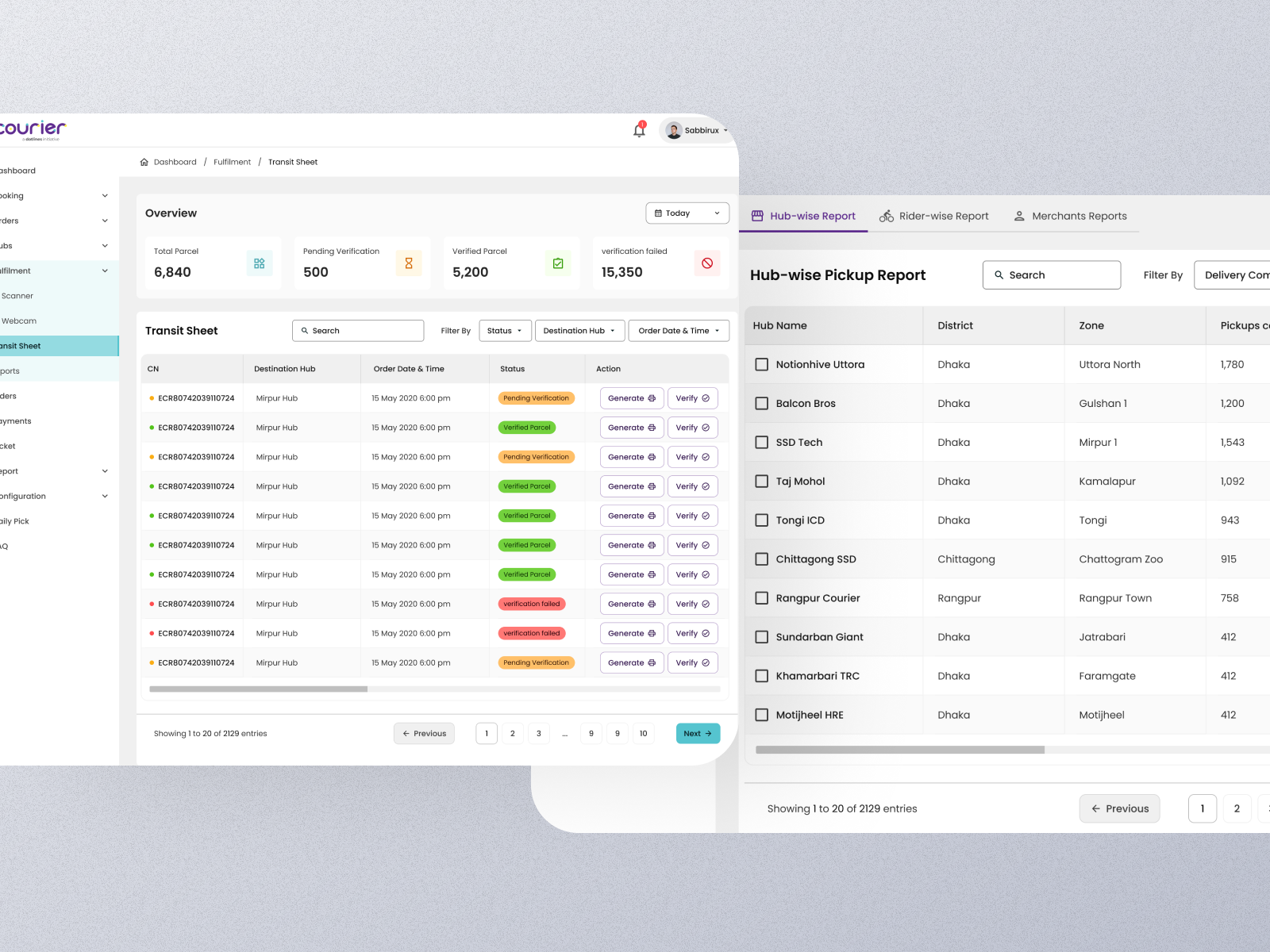
Design Strategy That Worked
Customer Experience
Created a booking flow that feels as simple as ordering food:
- Visual service selection with clear pricing
- Real-time address validation
- Step-by-step progress indicators
- SMS and app notifications for every status change
Merchant Portal
Built a dashboard that turns complex logistics into simple actions:
- Bulk upload for multiple parcels
- Analytics showing delivery performance
- Automated invoicing and payment tracking
- Integration with existing business systems
Agent Tools
Designed mobile-first tools for field agents:
- Offline capability for poor connectivity areas
- Photo verification for deliveries
- Route optimization suggestions
- Quick customer communication features
Solving Real Problems
The Onboarding Crisis
Merchants were abandoning registration halfway through complex forms. I redesigned it as a conversation-like flow:
- Split long forms into digestible steps
- Added progress indicators and time estimates
- Provided help at every confusing point
- Created different paths for different business sizes
Speed vs Features Balance
With Bangladesh’s variable internet speeds, every design decision mattered:
- Optimized images that load fast but look professional
- Progressive loading for complex dashboards
- Offline modes for critical functions
- Simplified interfaces that work on any device
Design System for Scale
Visual Foundation
Colors: Cyan primary (#00BCD4) for trust and reliability, purple secondary for premium features.
Components: Built a modular system that worked across:
- Public website
- Customer mobile app
- Merchant web dashboard
- Agent mobile tools
Accessibility First
Designed for users with varying digital literacy:
- Large touch targets for mobile users
- High contrast for outdoor visibility
- Simple language avoiding technical jargon
- Voice notifications for delivery updates
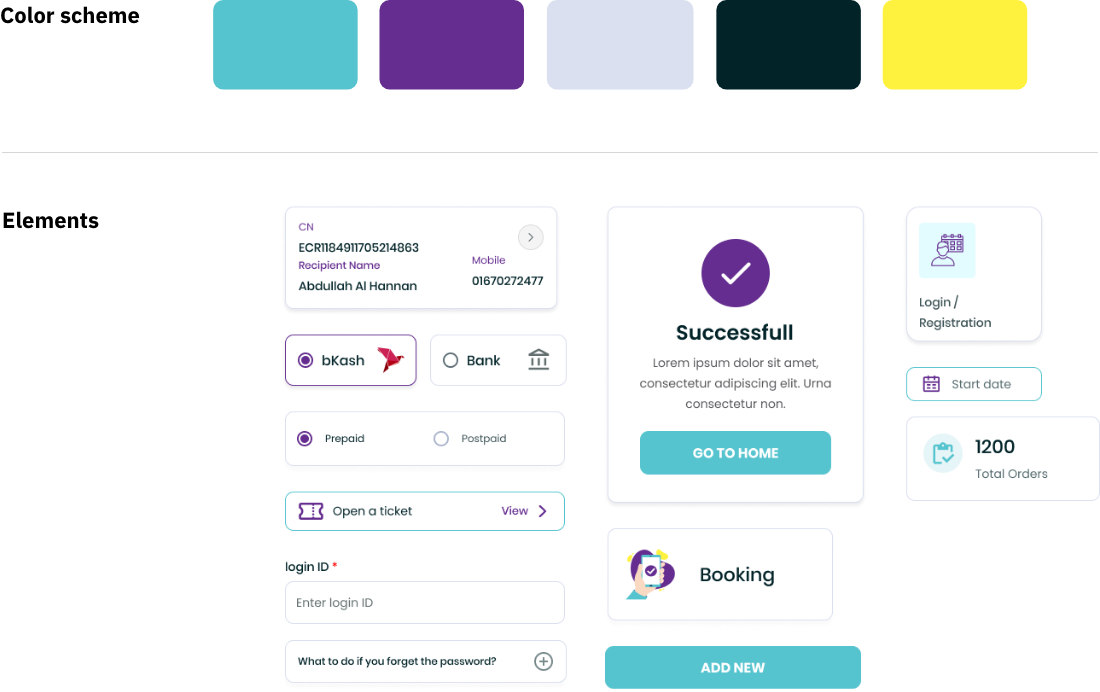
Implementation Challenges
Technical Constraints
Working in Bangladesh meant planning for:
- Slow 2G connections in rural areas
- Older Android devices with limited memory
- Power outages affecting user sessions
- Multiple local languages and scripts
Team Coordination
Managed designers, developers, and QA across different time zones while ensuring brand consistency and user experience quality.
Continuous Evolution
Post-Launch Learning
Since 2020, we’ve continuously improved based on real usage:
- Added features merchants actually requested
- Simplified flows that confused users
- Optimized performance for peak delivery seasons
- Expanded accessibility for users with disabilities
Scaling Success
The modular design system enabled rapid feature additions:
- New payment methods
- International shipping options
- Corporate account management
- API integrations for e-commerce platforms
Results That Transformed Operations
The Numbers
- 2x faster task completion across all platforms
- 40% increase in merchant onboarding success
- 35% reduction in customer support queries
- Improved performance on low-speed connections
Real Business Impact
eCourier went from a basic courier service to a comprehensive logistics platform. Merchants started choosing them over competitors because of the digital experience. Agents became more efficient, and customers gained confidence in the service.
Most importantly? The platform scaled with Bangladesh’s growing e-commerce market.
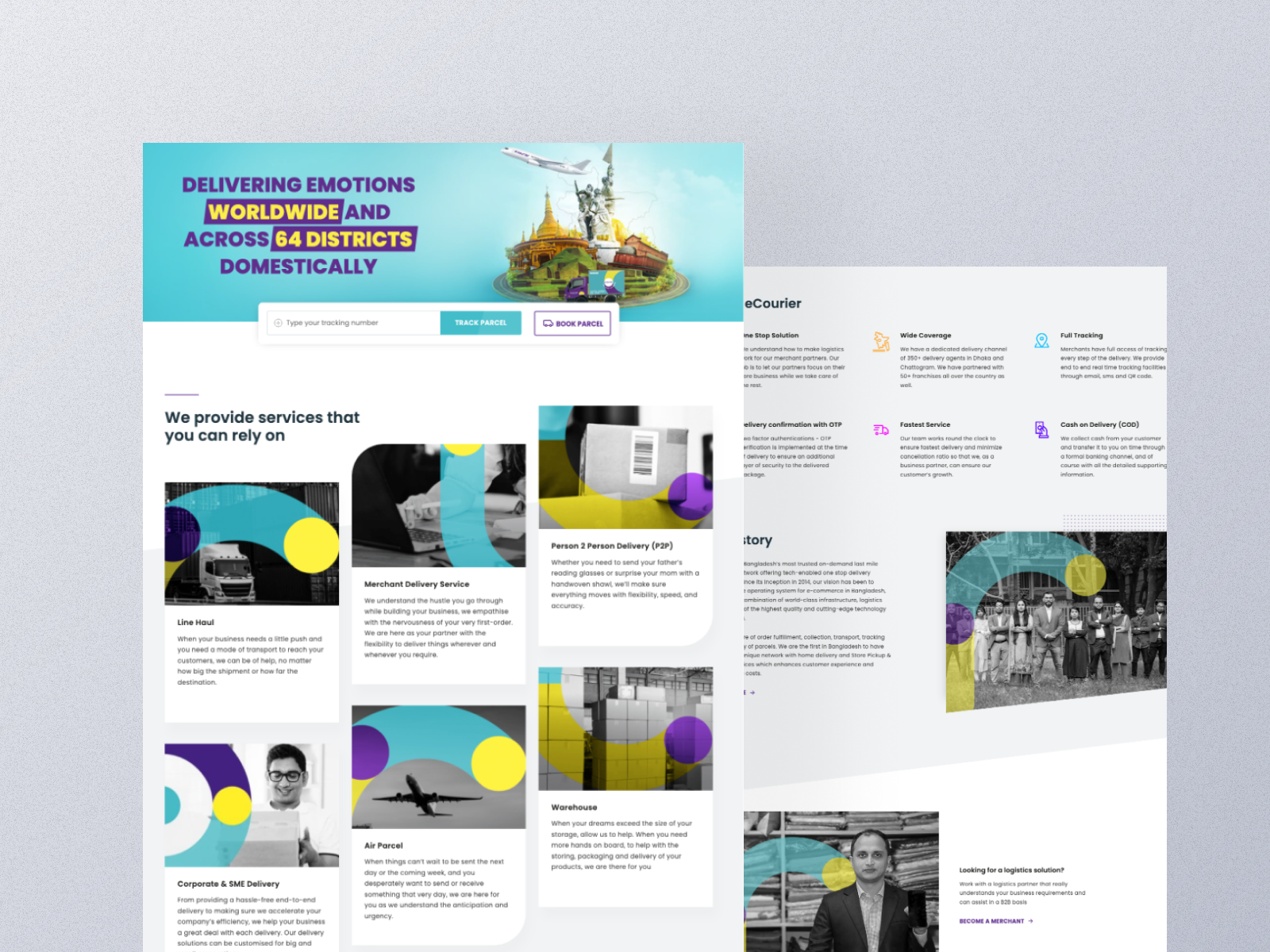
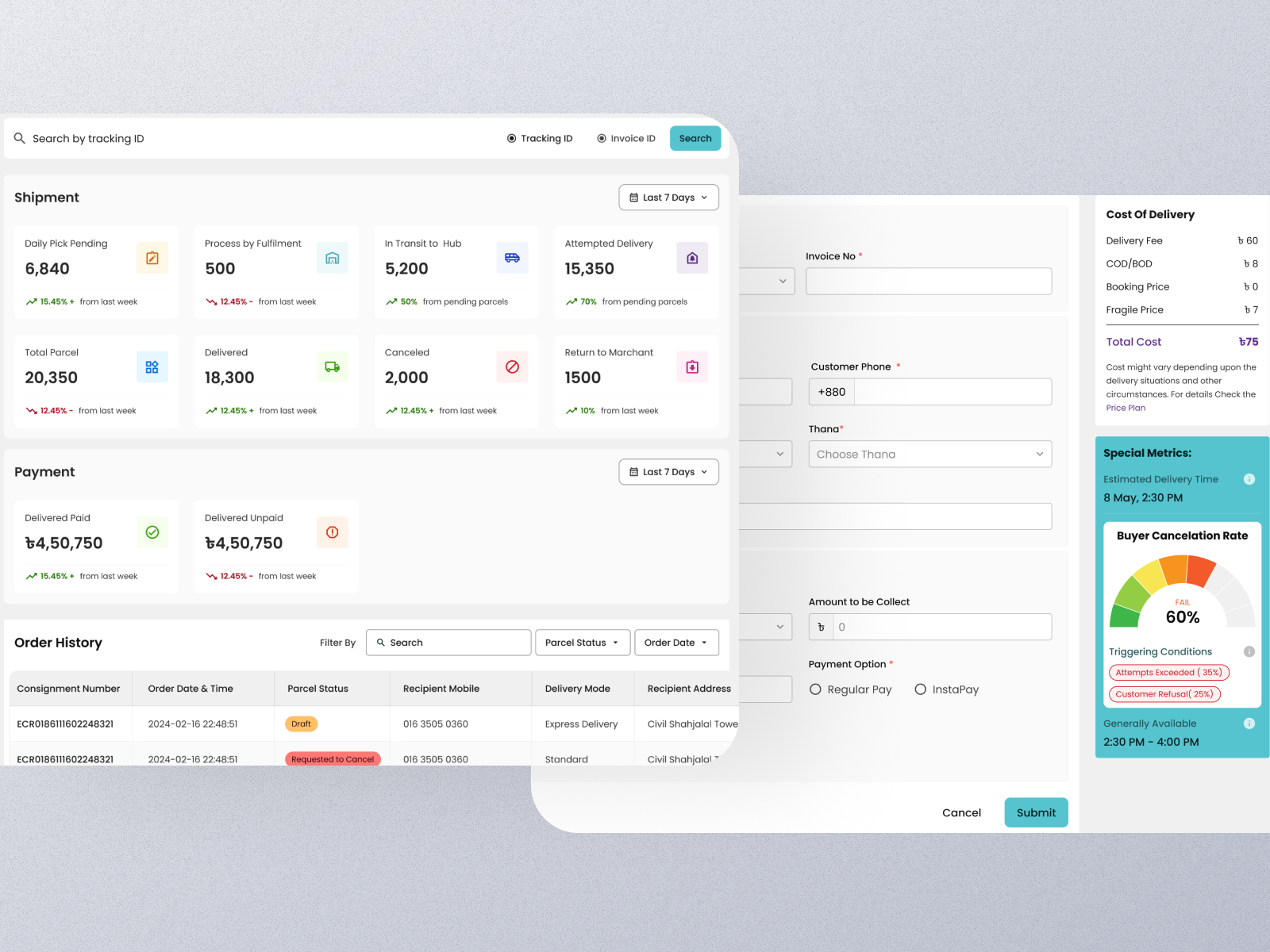
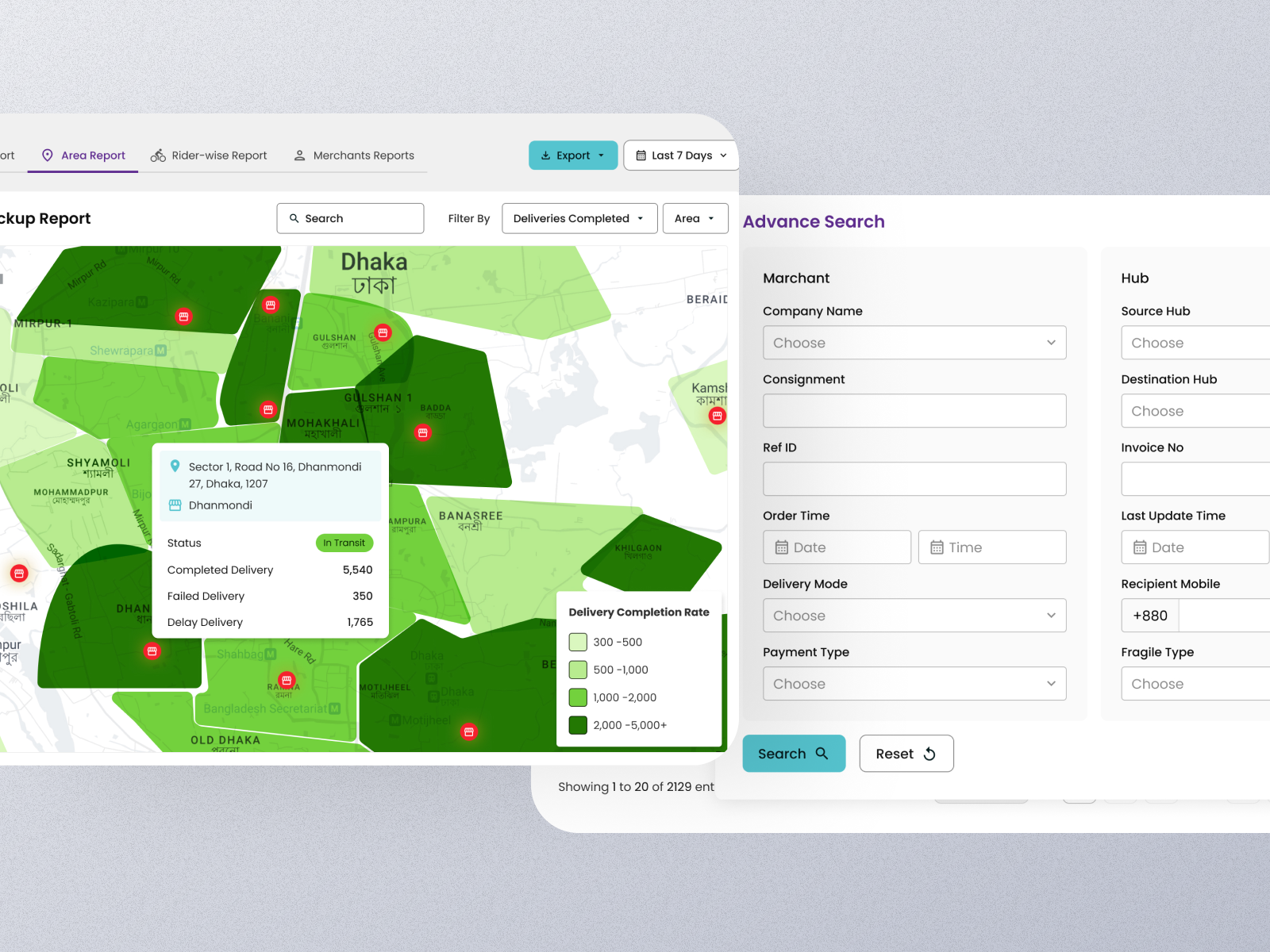
What This Project Taught Me
Context is everything. Designing for Bangladesh’s internet infrastructure and user behavior required different solutions than typical Western apps.
Stakeholder management matters. Balancing needs of customers, merchants, agents, and business goals required constant communication and compromise.
Performance is a feature. In markets with slow internet, speed isn’t optional-it’s what determines success or failure.